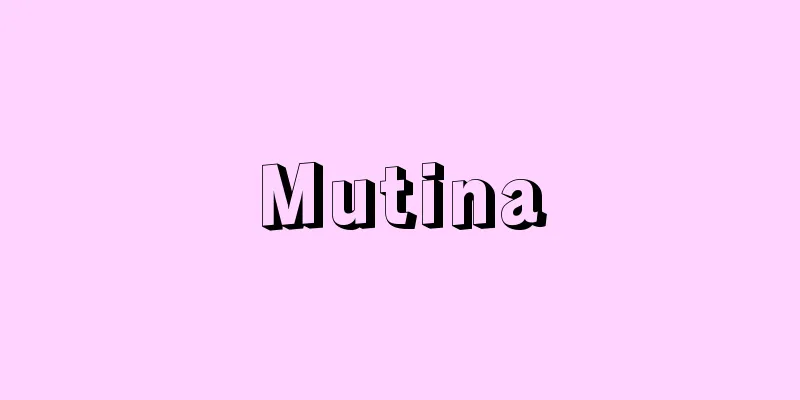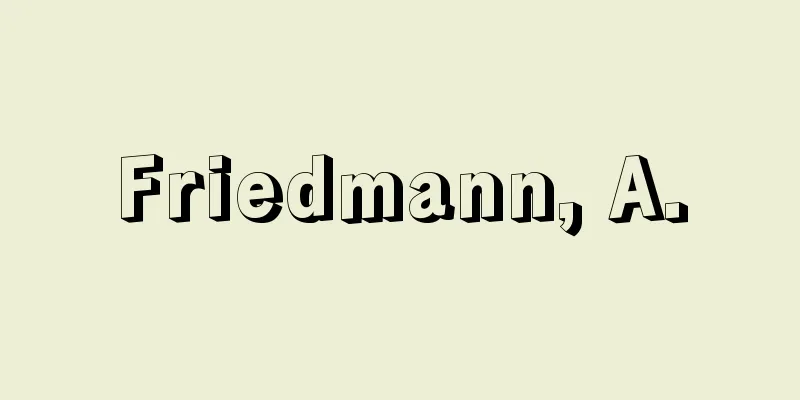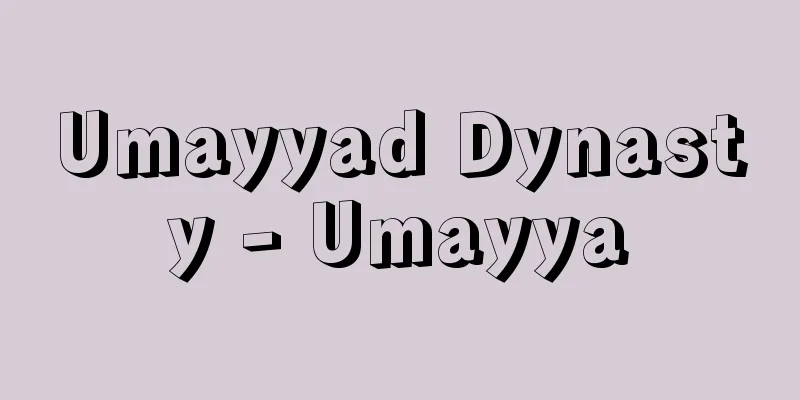American Institute of Public Opinion
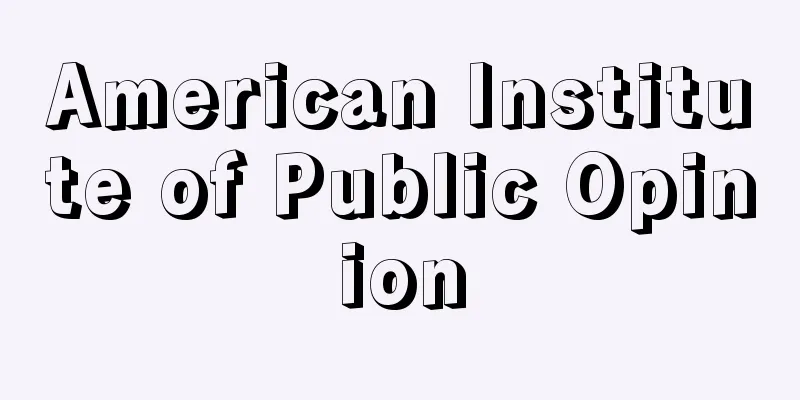
|
…While teaching at the journalism department at Iowa State University, he conducted several interview surveys to find out what parts of newspapers interest various readers, and in the process developed a technique for measuring the “opinions” and “trends” of large groups by examining a statistically manipulable number of selected samples. In 1935, he founded the American Institute of Public Opinion. In predicting the presidential election the following year, 1936, he competed with other organizations (his biggest rival was Literary Digest). … *Some of the terms mentioned in the "American Institute of Public Opinion" are listed below. Source | Heibonsha World Encyclopedia 2nd Edition | Information |
|
…アイオワ州立大学の新聞学科で教えていたが,多様な読者が新聞紙面のどこに興味をもつかについていくつかの面接調査を行い,その過程で,大量のグループの〈意見〉〈動向〉を,選び出した統計的に操作処理可能な数の標本sampleを調べることで測定する技法を開発。1935年,アメリカ世論研究所American Institute of Public Opinionを設立。翌36年の大統領選挙の予想で,ほかの各機関(最大のライバルはLiterary Digest社)と競合。… ※「American Institute of Public Opinion」について言及している用語解説の一部を掲載しています。 出典|株式会社平凡社世界大百科事典 第2版について | 情報 |
>>: American Institute of Electrical Engineers
Recommend
Drama music - gikyokuongaku (English)
One of the five major genres of Chinese music (fol...
Haniha - Elegant
The name of a Gagaku piece. One of the Komagaku (K...
Record of discovery of abandoned child - Kiji Hakken Chosho
...In addition, if a police officer discovers an ...
Yun Ho - Instinct
…A scholar from the mid-Yi Dynasty of Korea. He w...
Arao Sei
Year of death: October 30, 1896 (Meiji 29) Year of...
Impromptu (French: impromptu)
A short instrumental piece, also called an improm...
Theology of Liberation
Following the Second Vatican Council (1962-65), t...
European Goldfinch (Goldfinch)
A passerine bird of the family Fringillidae (illus...
Rangeln
… [Europe] Europe tends to have the impression th...
Ballarat - Ballarat (English spelling)
A city located in central Victoria, Australia, 11...
Henry Ireton
A leader of the independence movement during the ...
Maupertsch, FA (English spelling) MaupertschFA
…Austrian painter. Also known as FA Maupertsch. B...
Abkhaz people
…Among the fictitious kinship systems, wet nurses...
Arima's Cat - Arima's Cat
...The first play based on the Saga Nabeshima Upr...
Taxodium
...This is probably due to the extinction of spec...
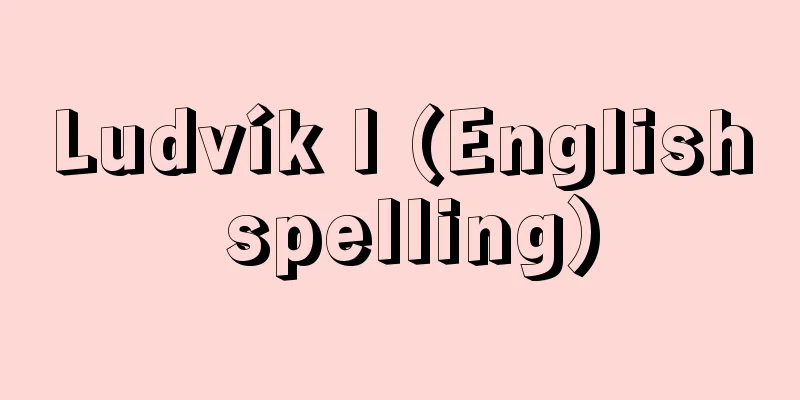
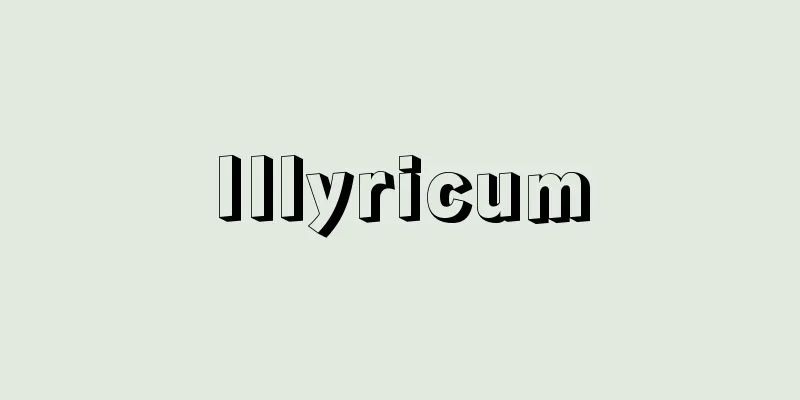
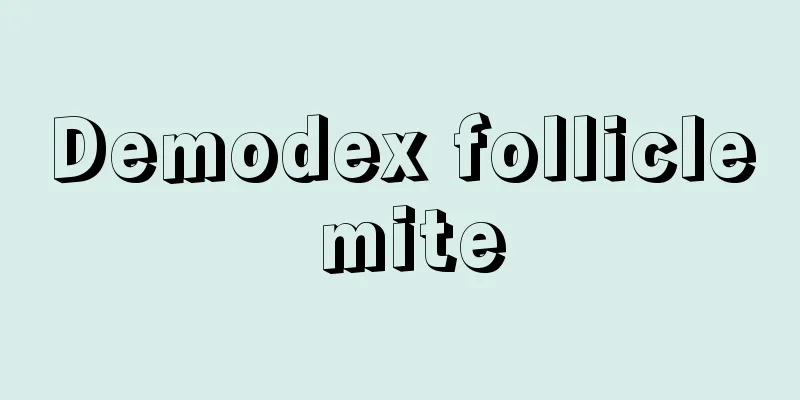
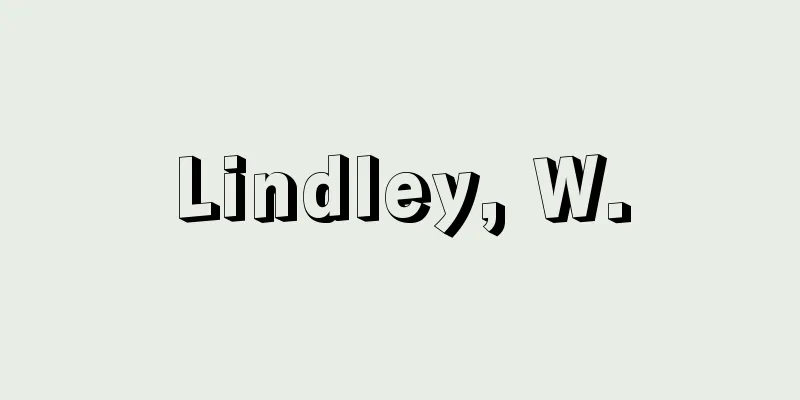
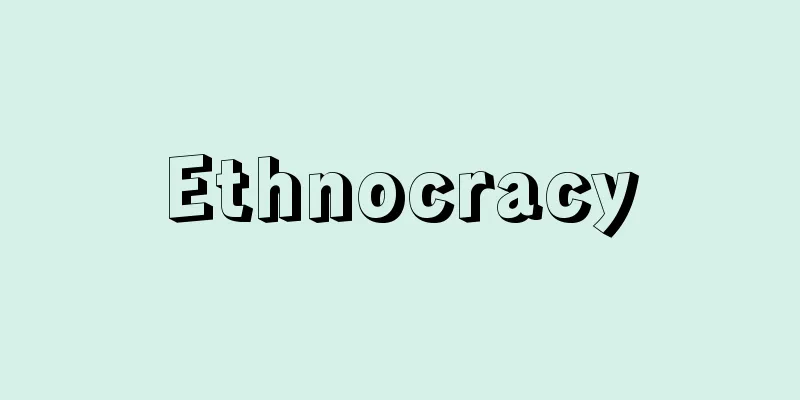
![Kiyama [town] - Kiyama](/upload/images/67cb581b27052.webp)
